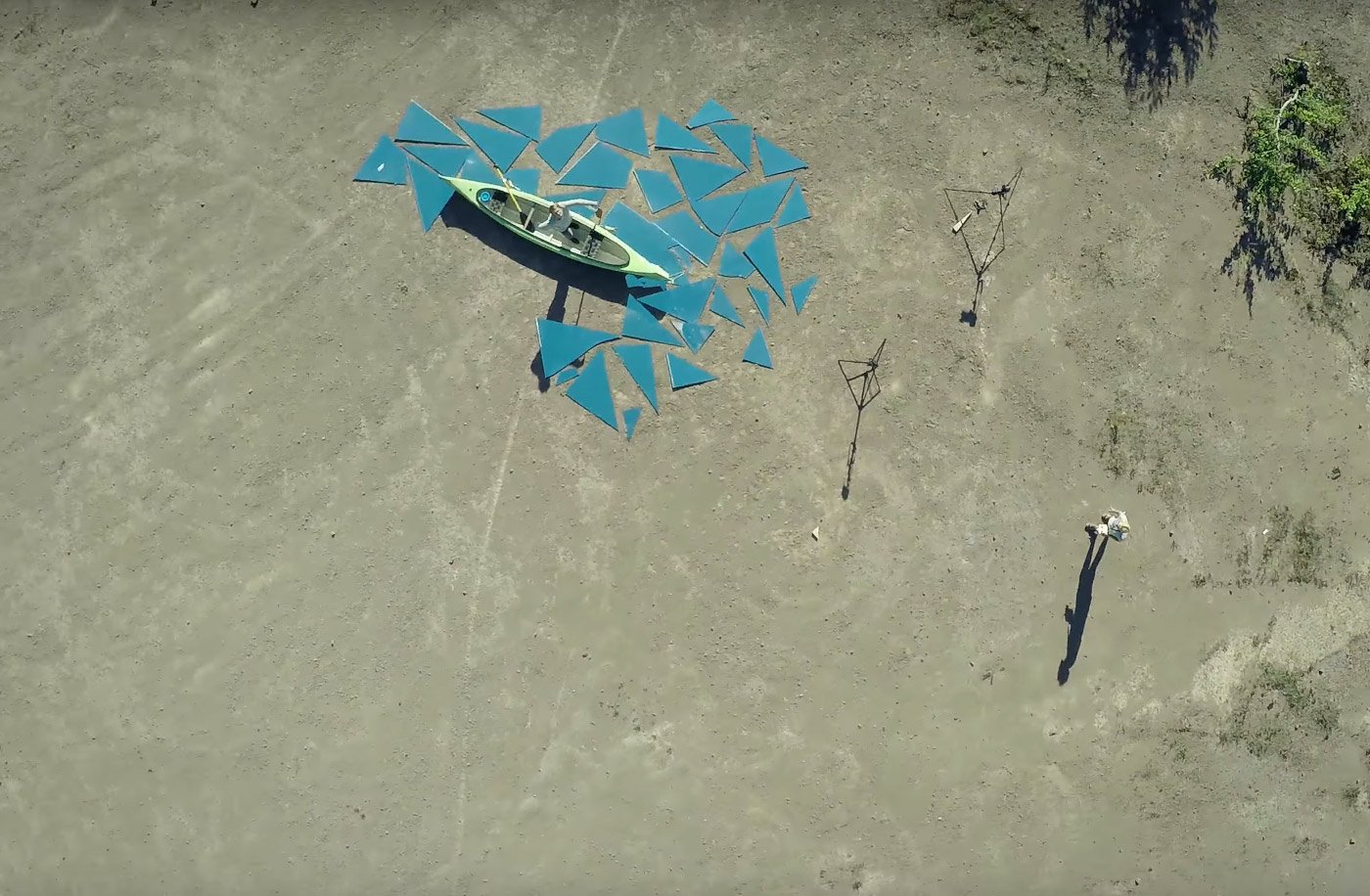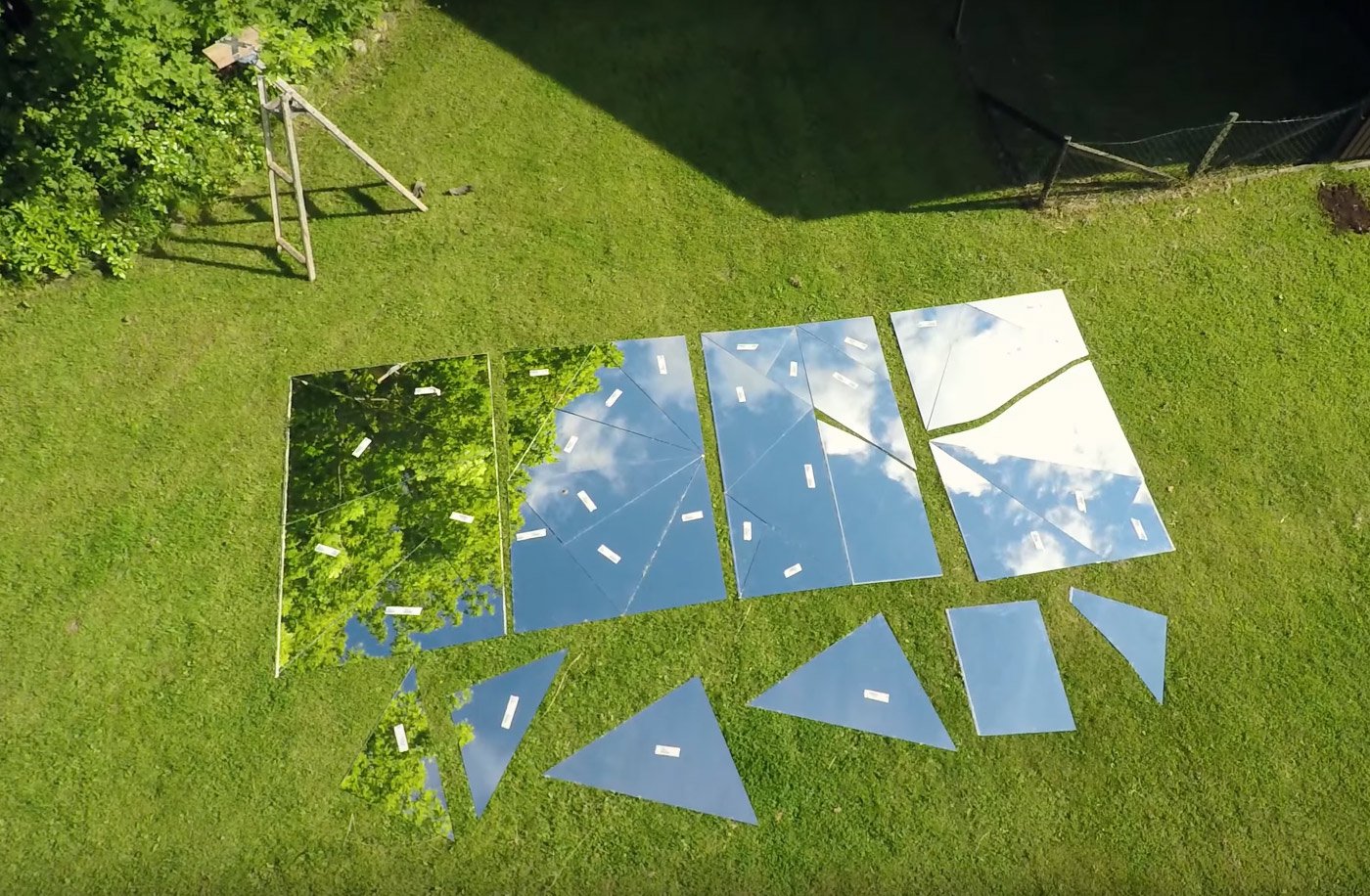The mark of a true photographer is how far he or she is willing to capture the perfect shot. In the early days of film, this meant waiting for the perfect exposure, weather, lighting – in essence the singular moment in which to snap the photo and freeze time to celluloid. But now, with the digital age of photography in full swing, it’s become less a matter of when and more a matter of how.
For Swedish photographer Erik Johansson, that how takes the form of months of planning and executing an array of techniques new and old, culminating in a stunning image he succinctly calls Impact. As seen in a behind the scenes video, the idea for the photo Impact is at its heart rather simple; it depicts a man on a boat at the edge of a tranquil lake that has shattered like glass at the incursion of his vessel. In a sense there is a deep ecological metaphor at play here, with some carefully composed dead fish indicative to exactly what toll humanity’s “progress” is having on the Earth. But what are truly remarkable are the lengths Johansson went to in making his vision feel authentic.

First shooting his model on a boat surrounded by the foreground mirror shards on his Hasselblad H5D-40, Johansson then set about blending this into a collage of other photographs he had taken of lakes and skies, resulting in a place that cannot be pinpointed. Along with the principal photography, Johansson also worked for months in Adobe Photoshop inventing the picture, resulting in a file almost 8 gigabytes large with almost 200 layers of work. To get the transitional shards of glass just right (as they are what the collage hinges on) Johansson took additional photographs of smaller shattered mirror studies, giving him more control over their geometries than he had with the full scale pieces he began with. In the final touches, he adroitly adds realistic touches to the scene, topping it off with a looming trail of shattered lake behind the boat, which ominously continues across the sky in a line perpendicular to the horizon. This last move is integral to his composition and message, as it adds a layer of symmetry to the scene and also extends the notion of impact to the air in addition to the land and sea. An image that is both mesmerizing and haunting, Johansson’s Impact leaves a lasting impression on the viewer’s imagination, and proves that the language of photography was not lost in the instant gratification of the digital age; it has simply evolved.






